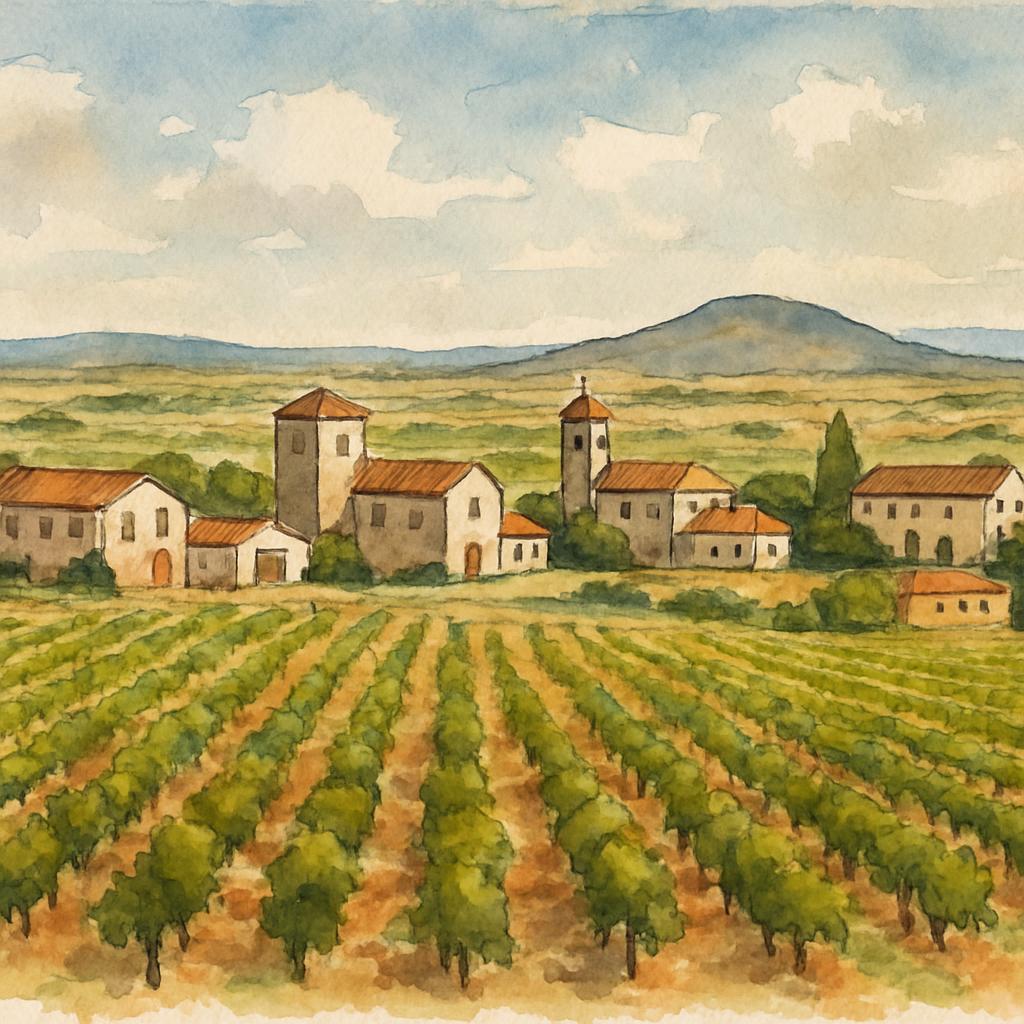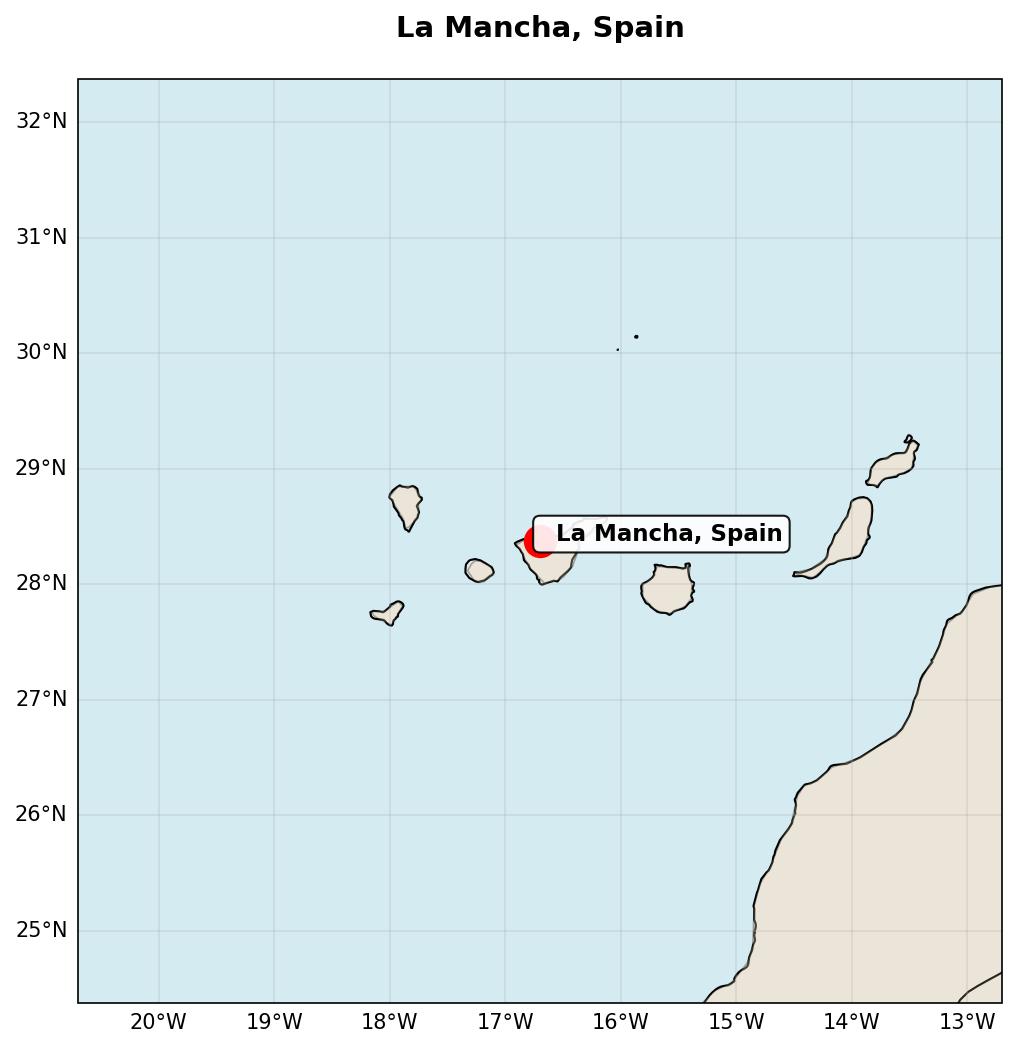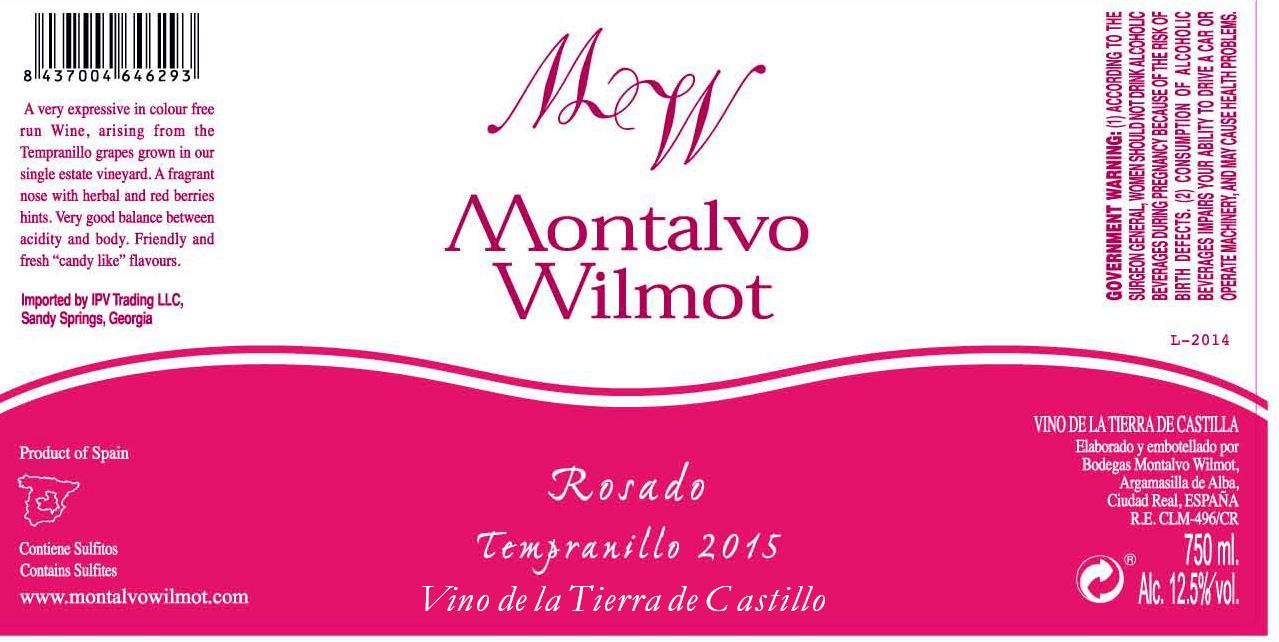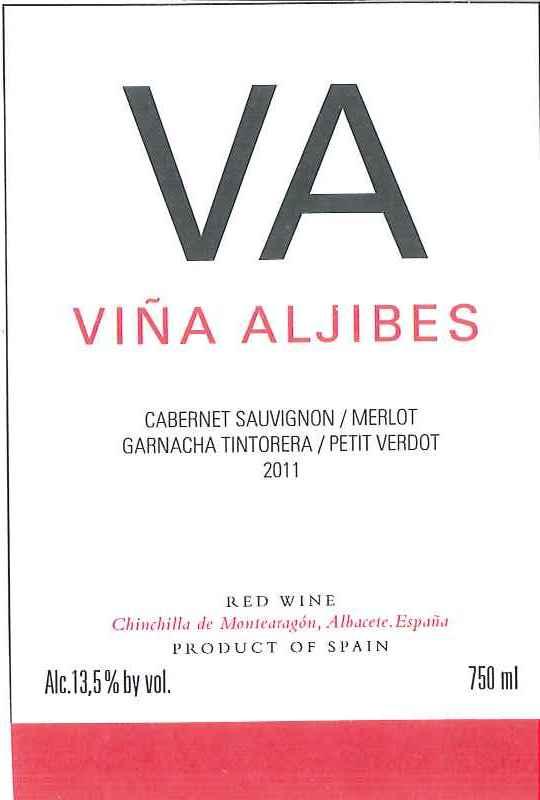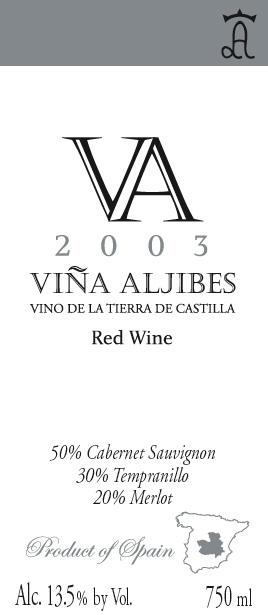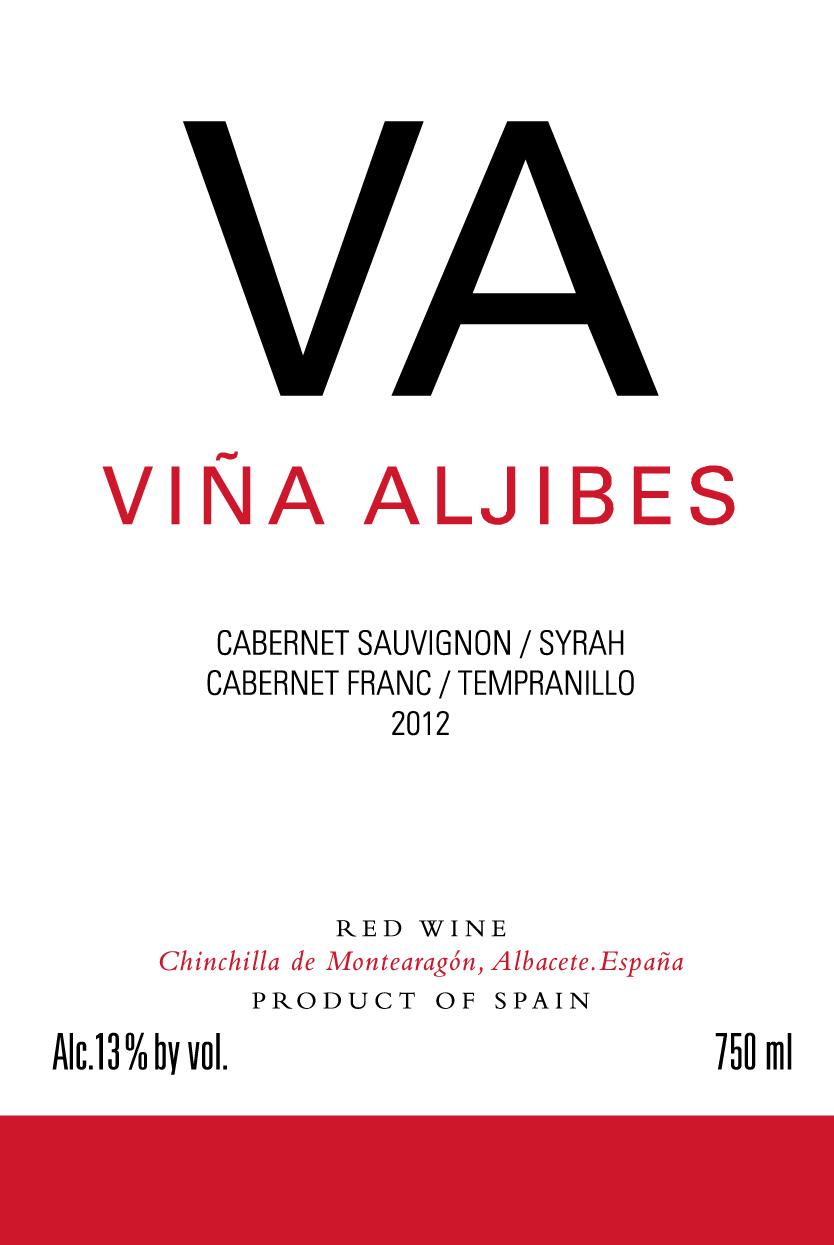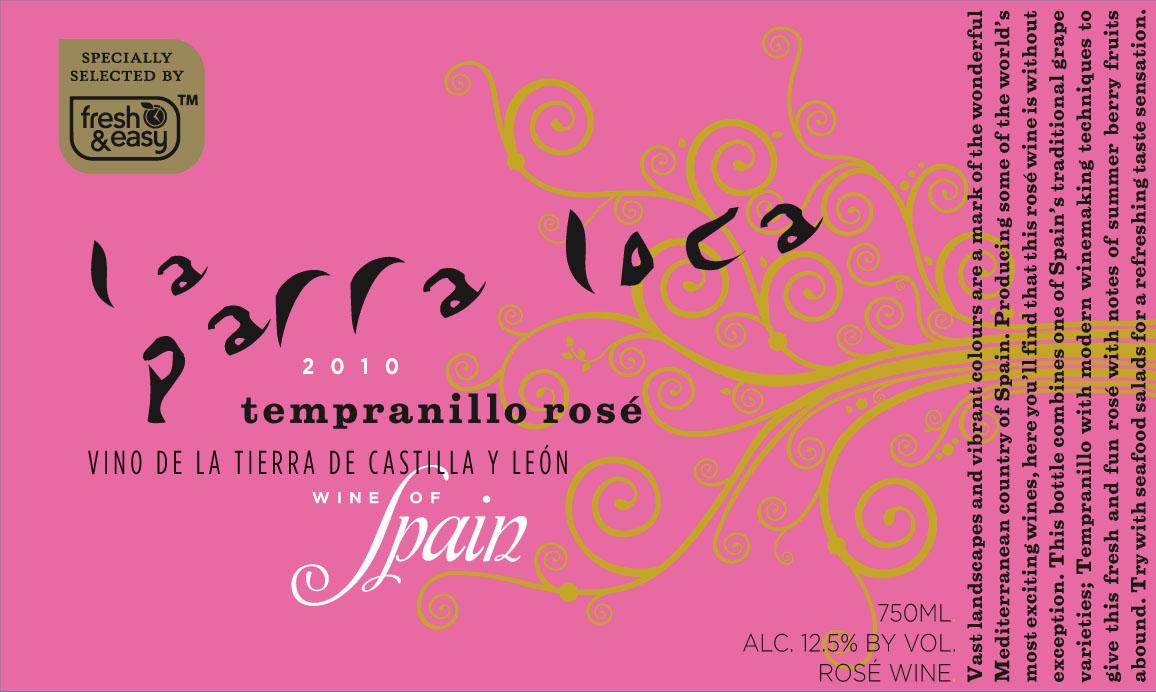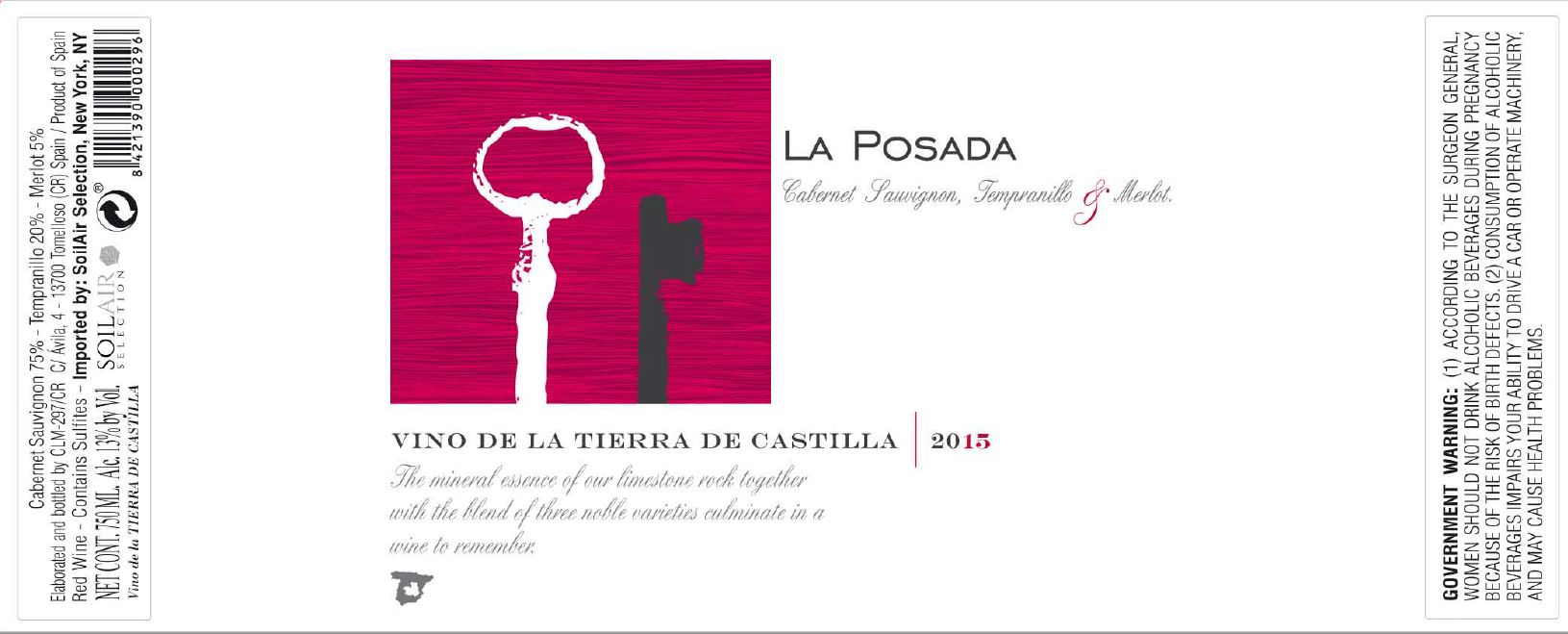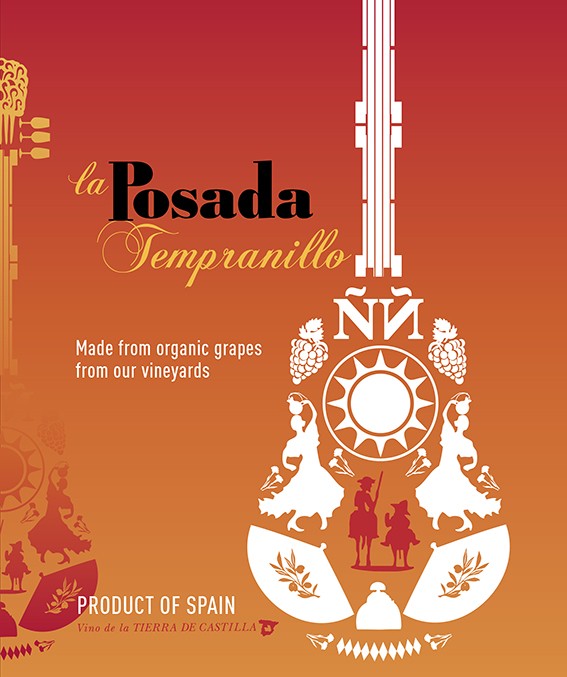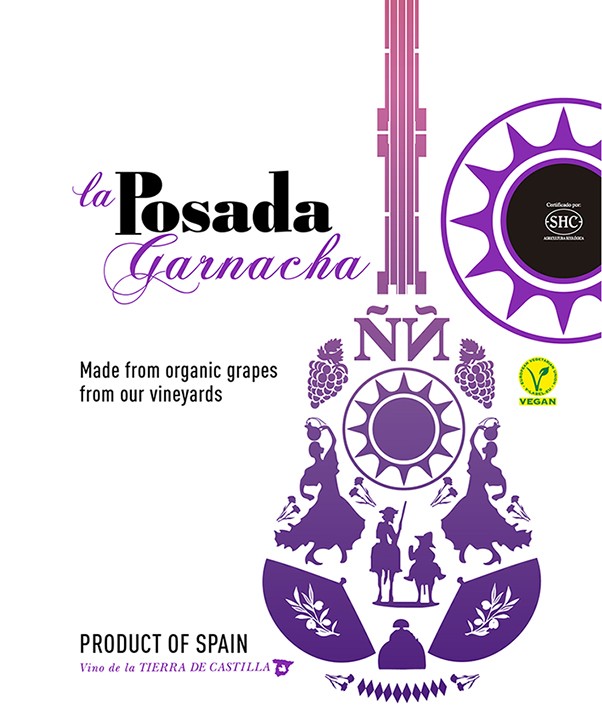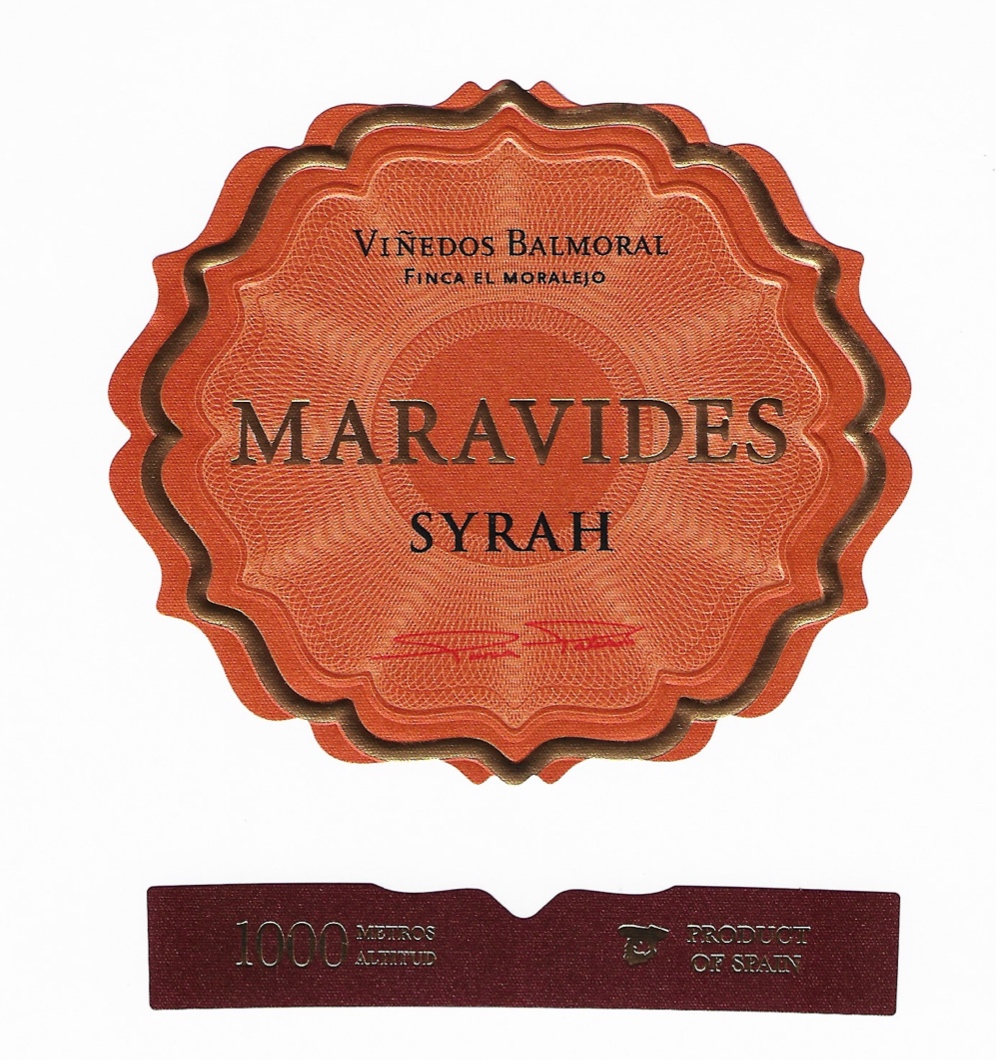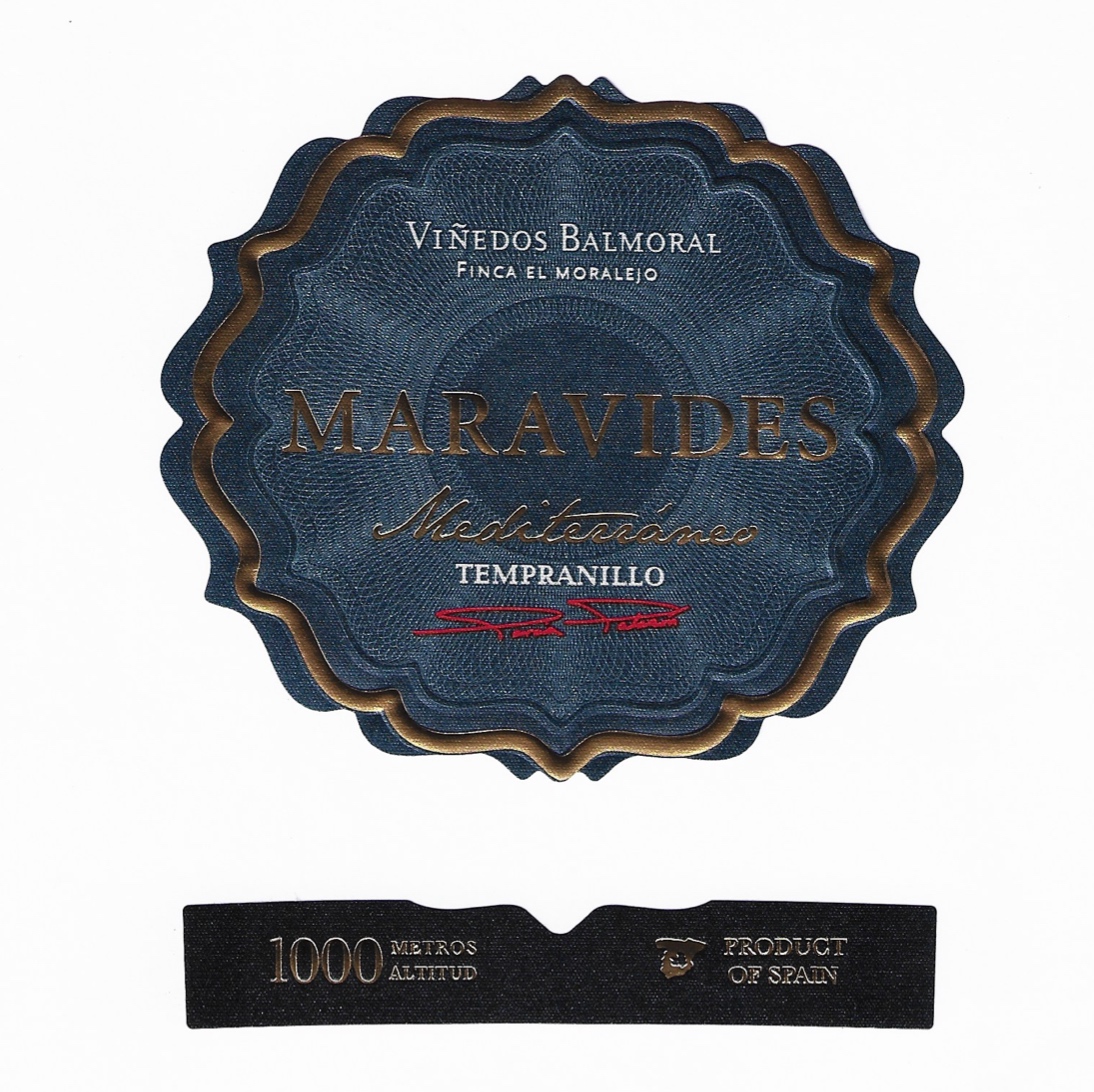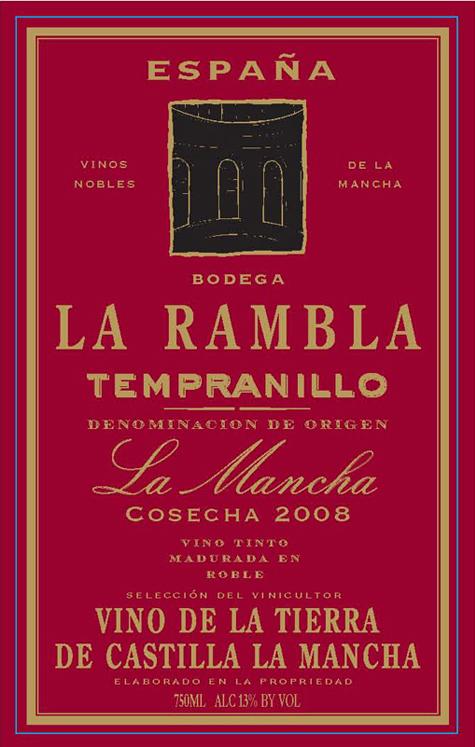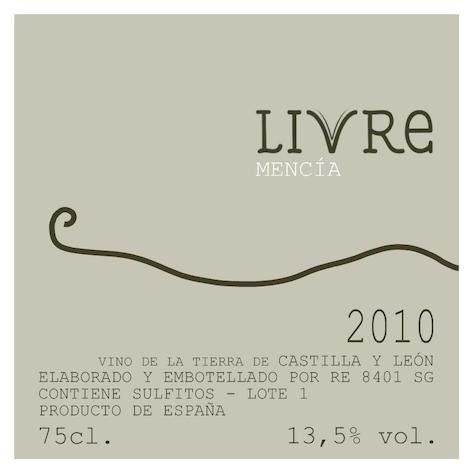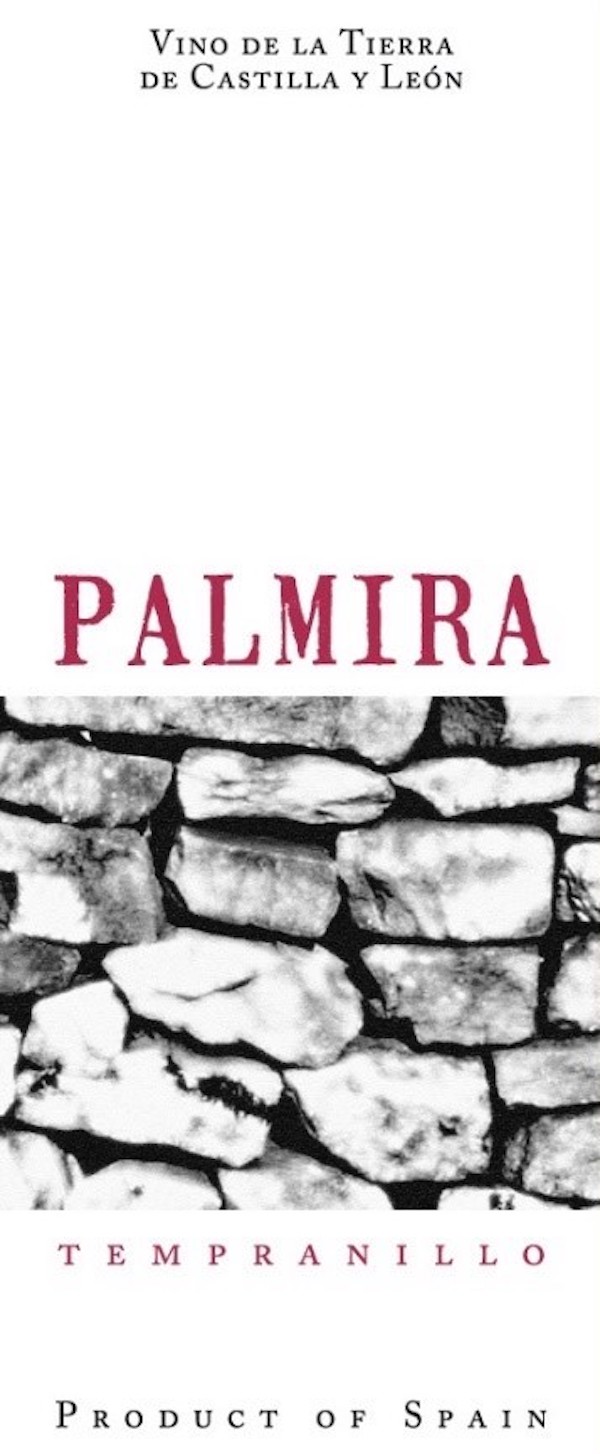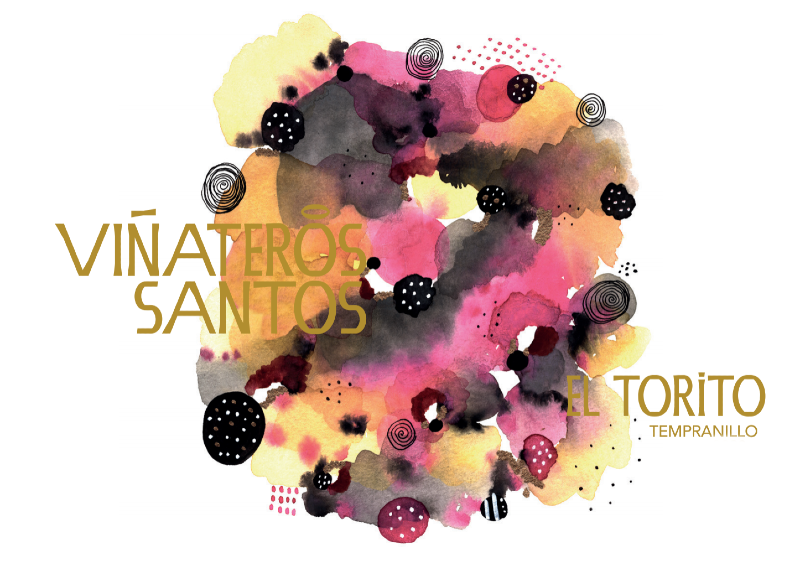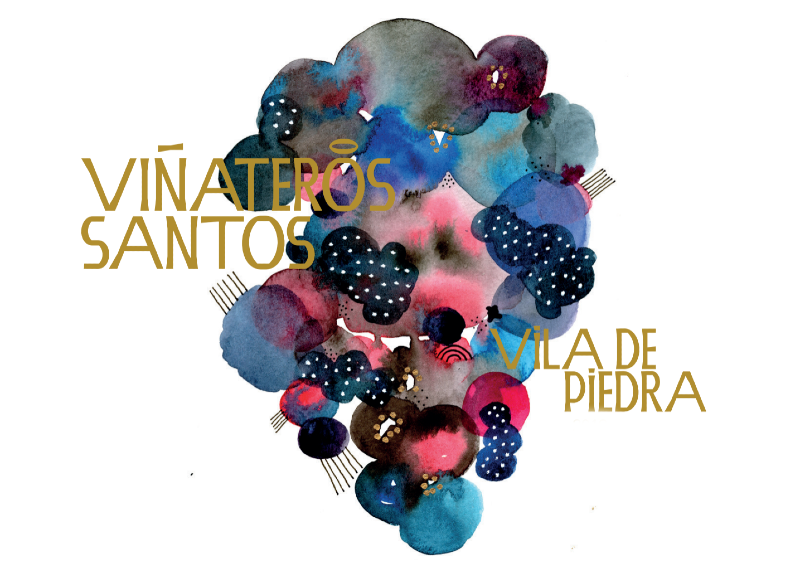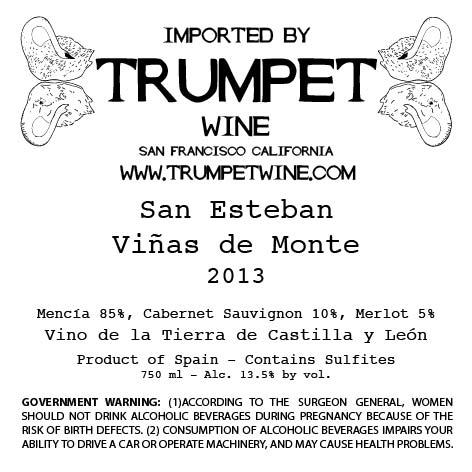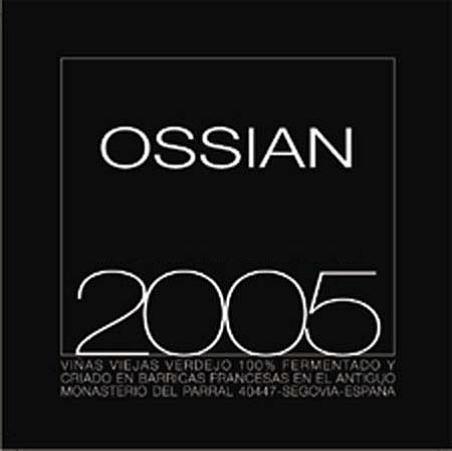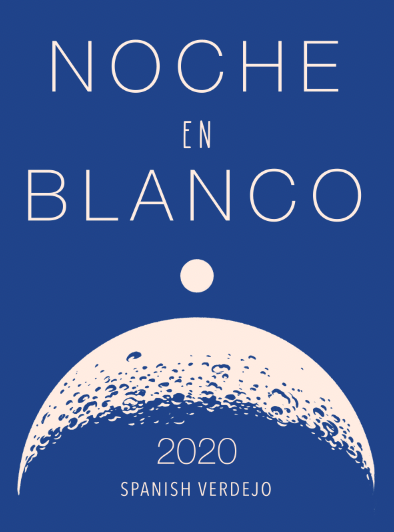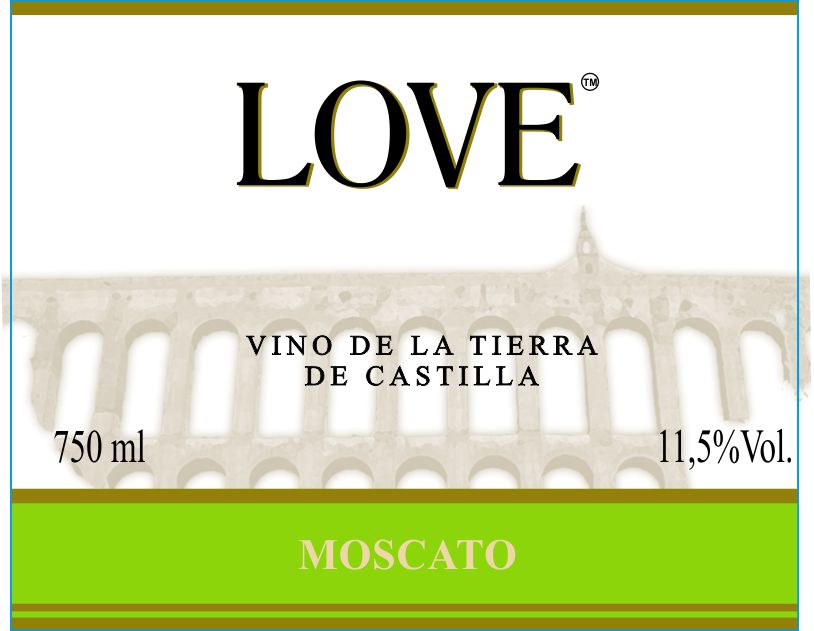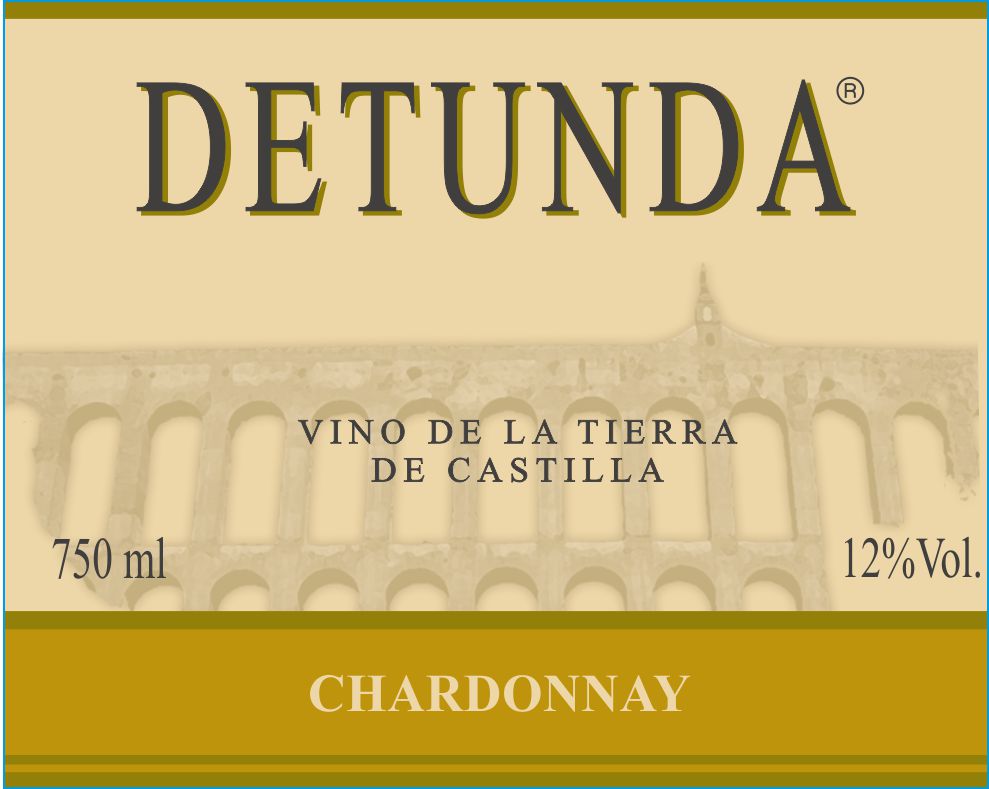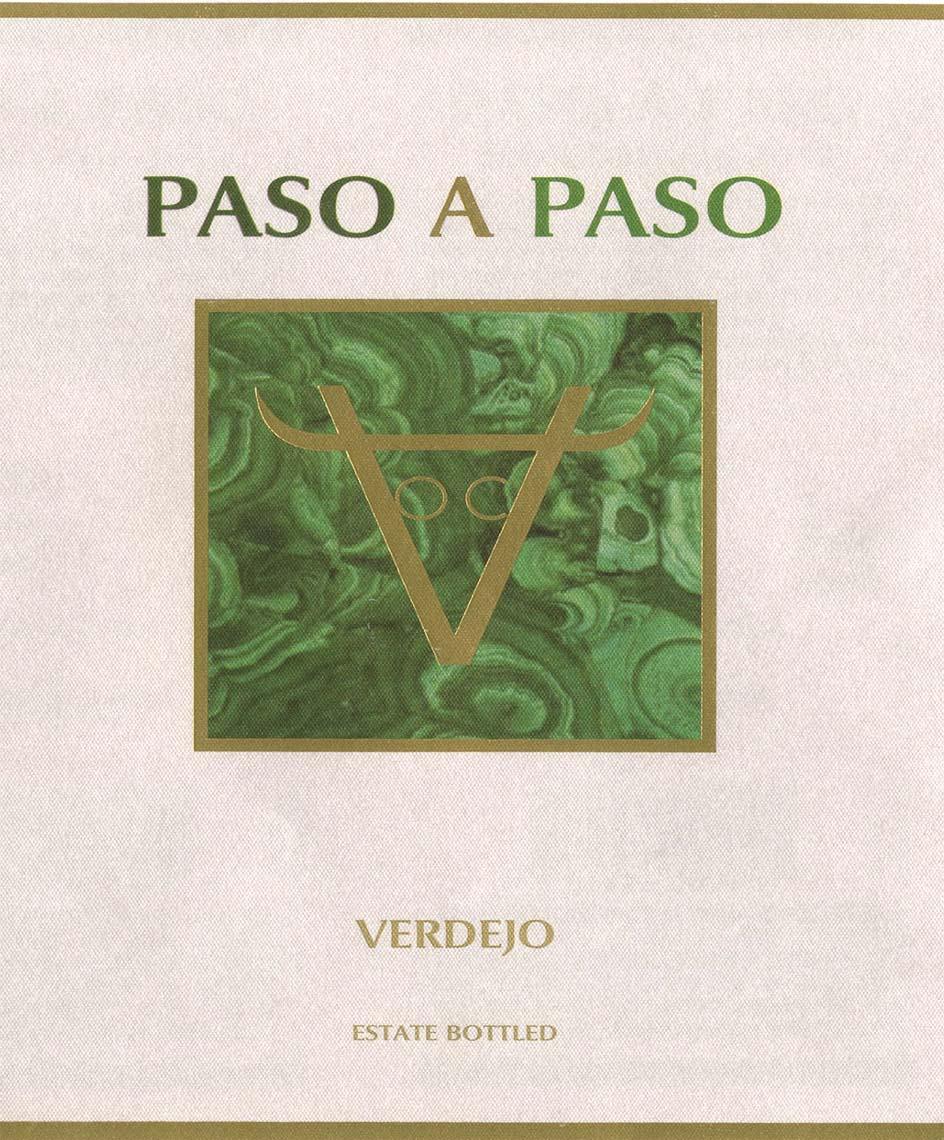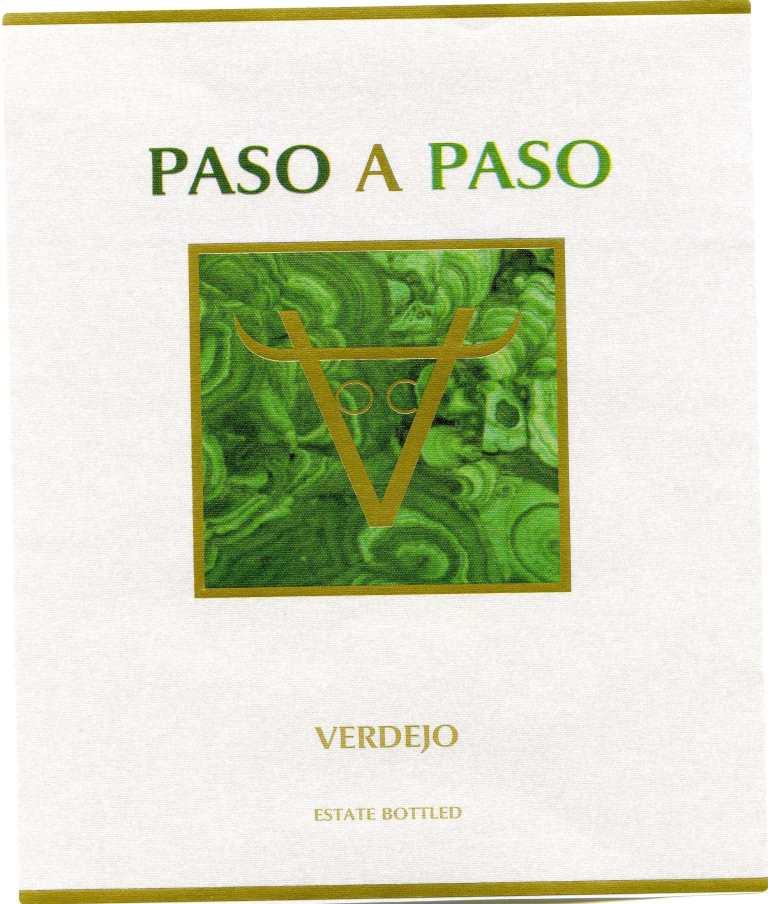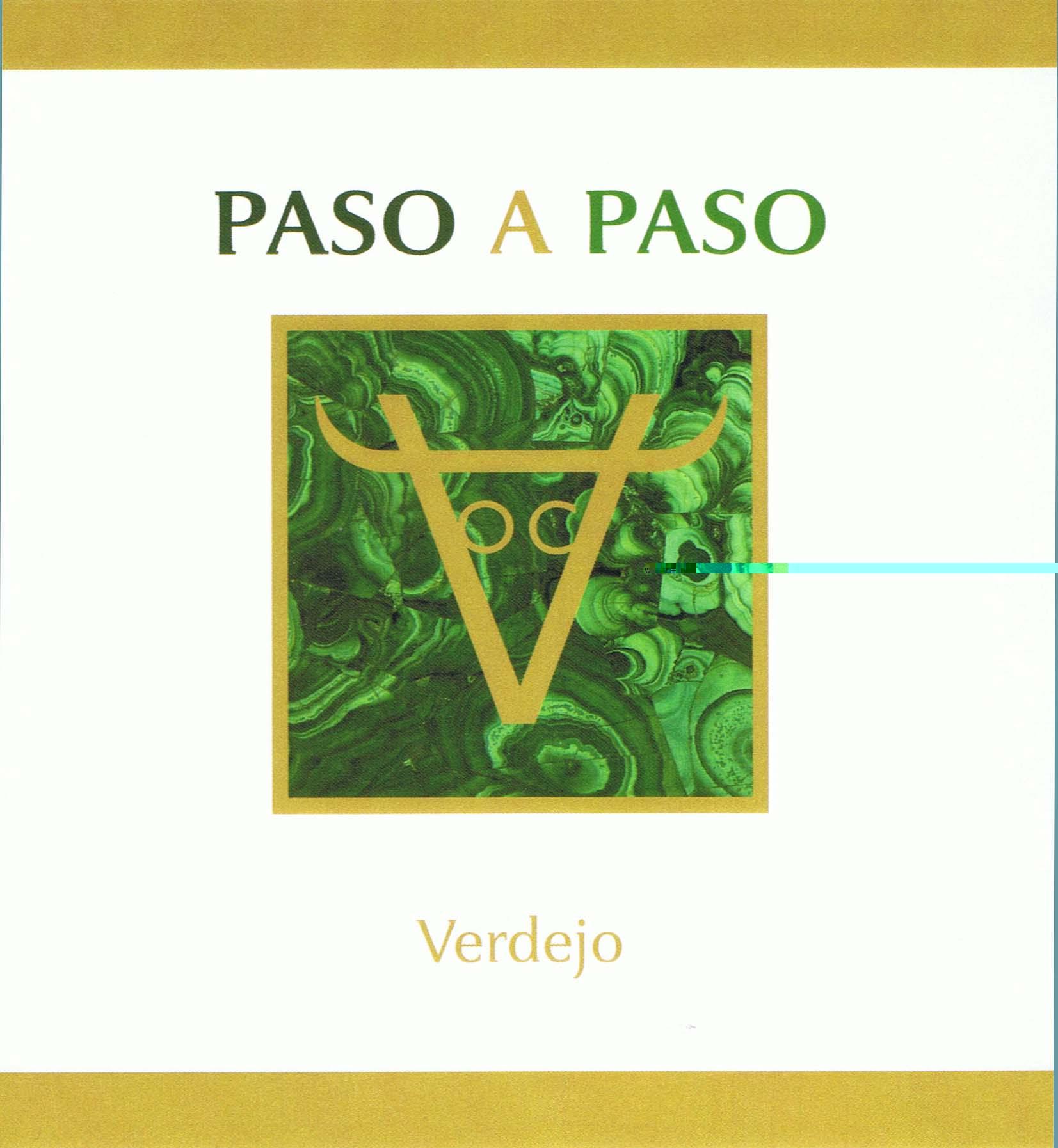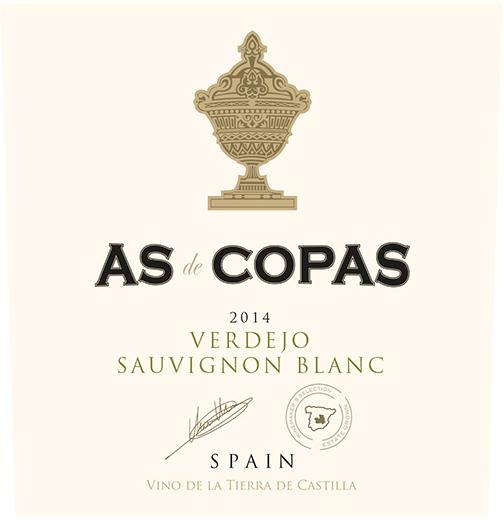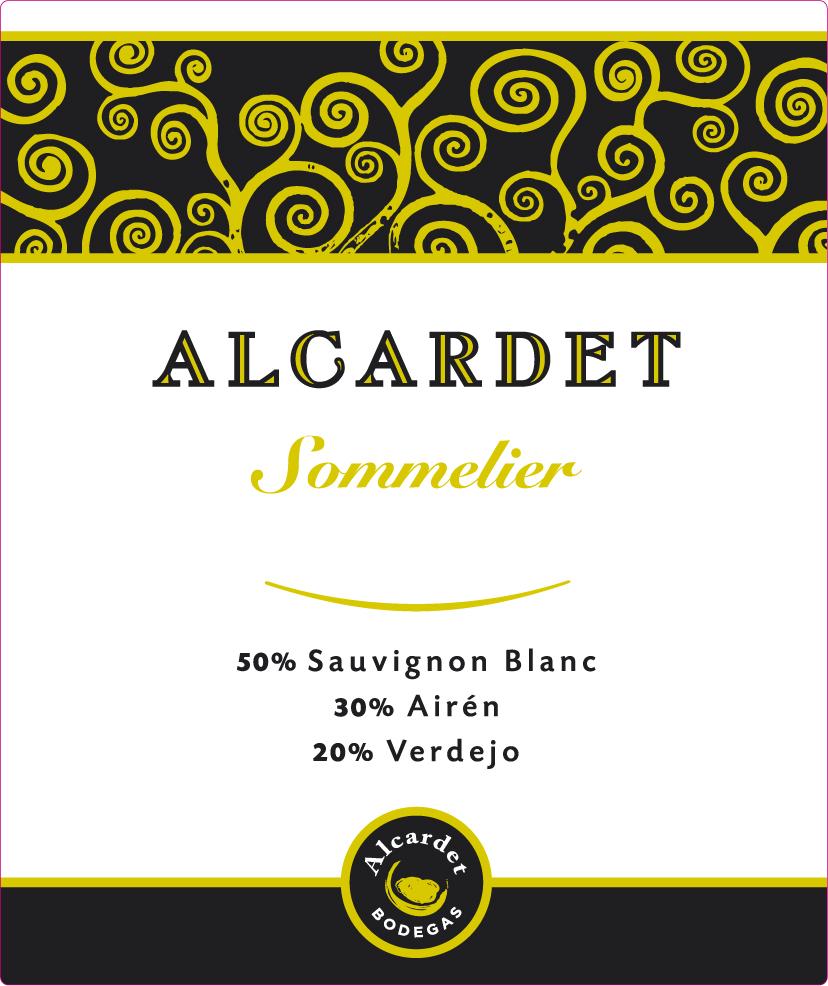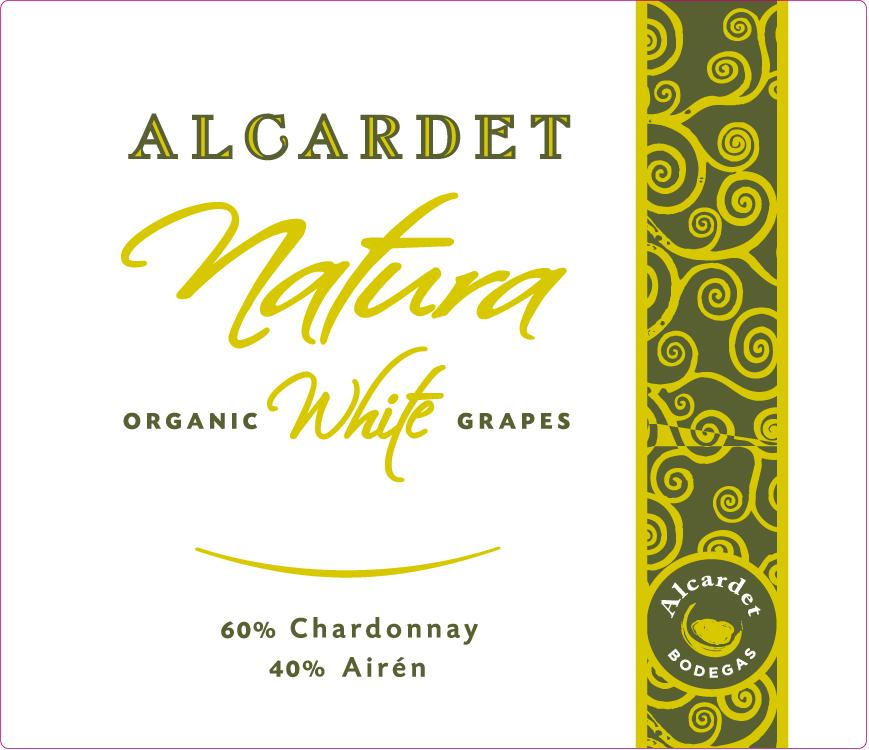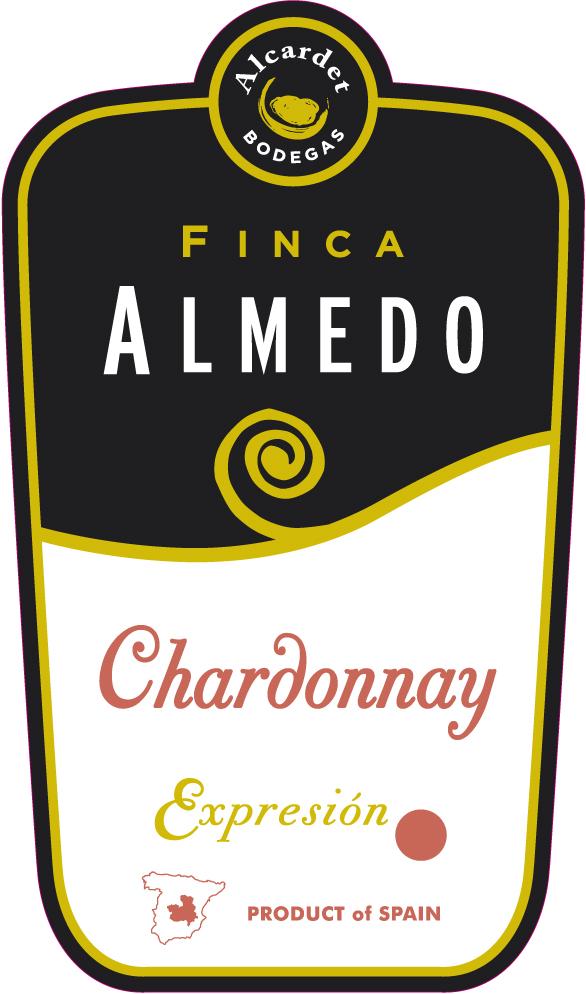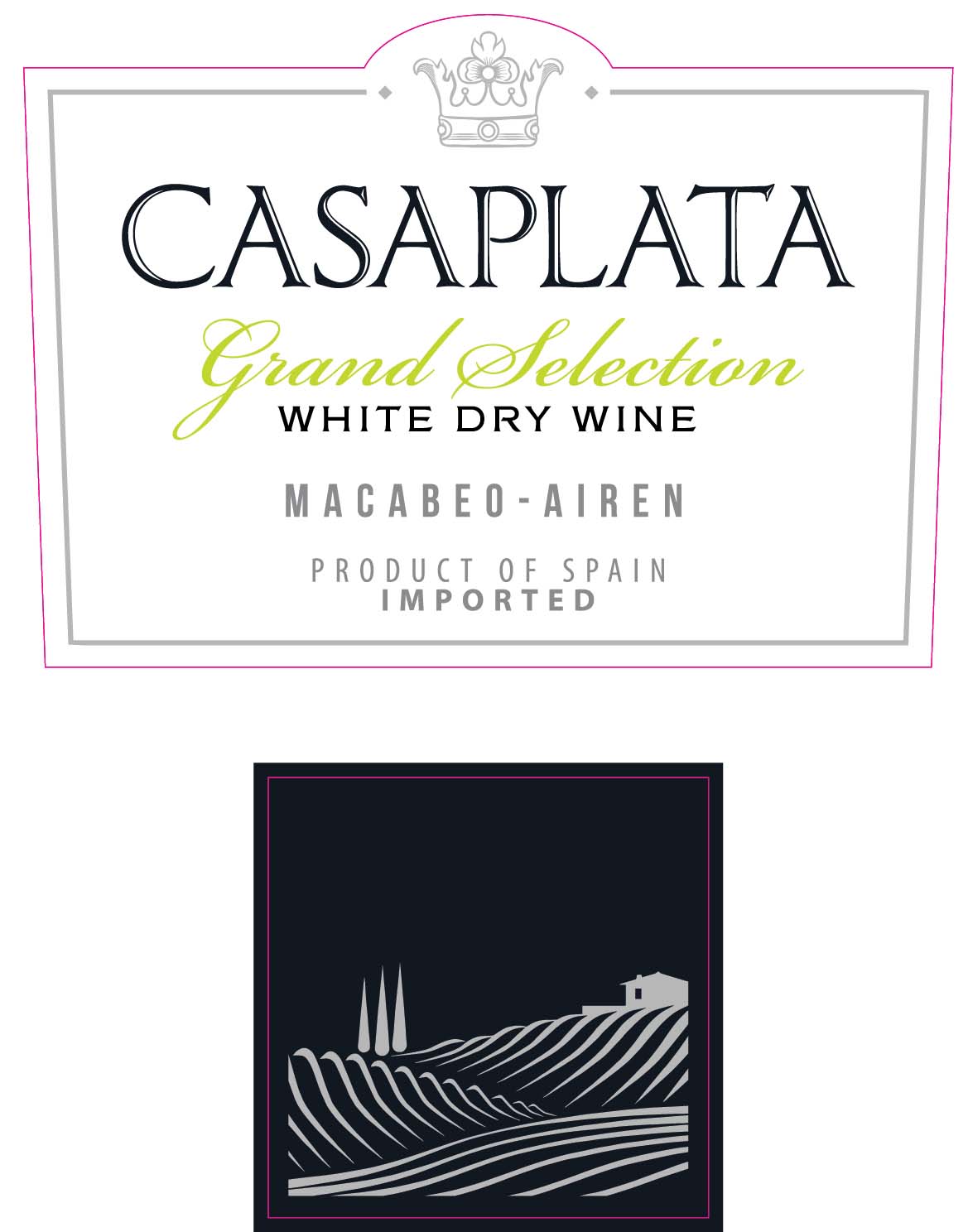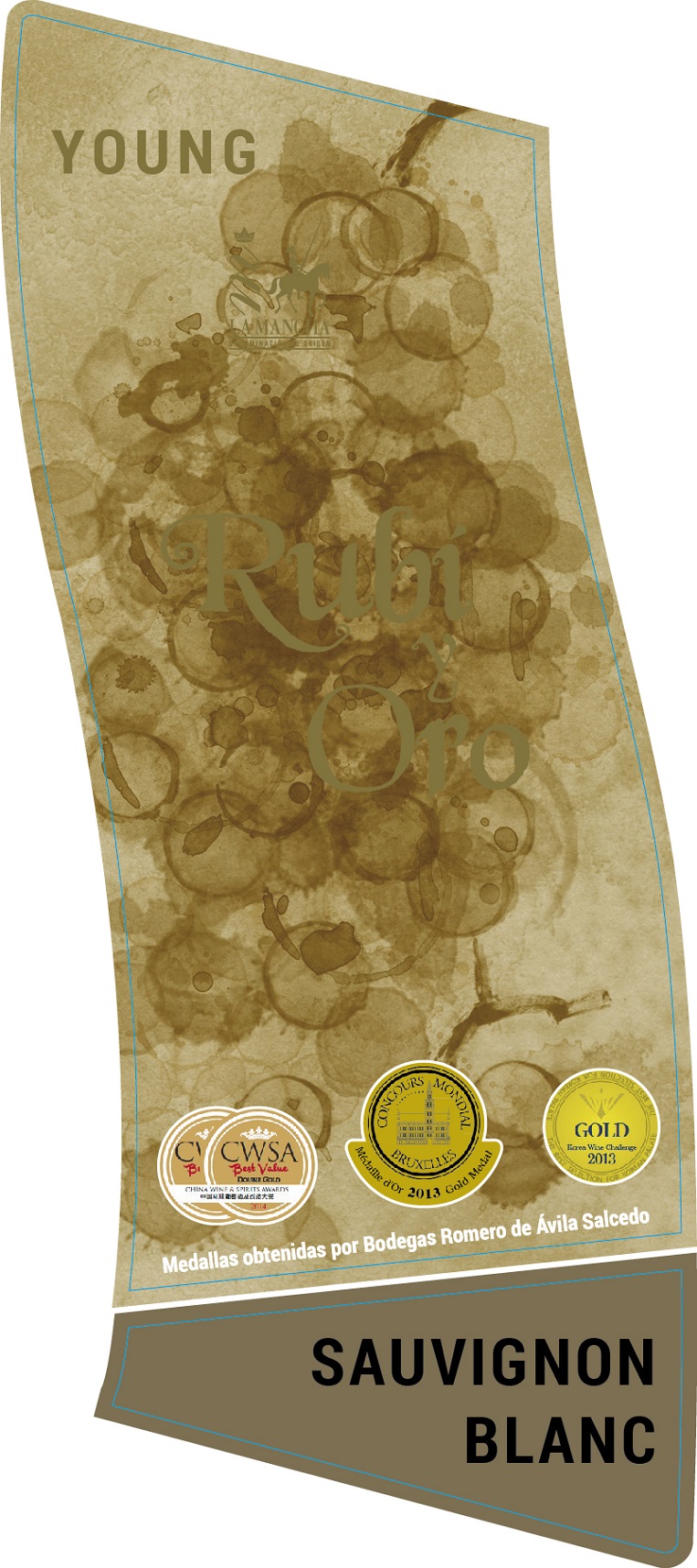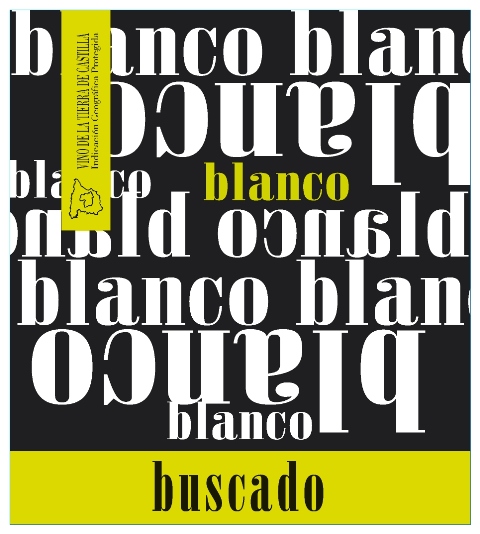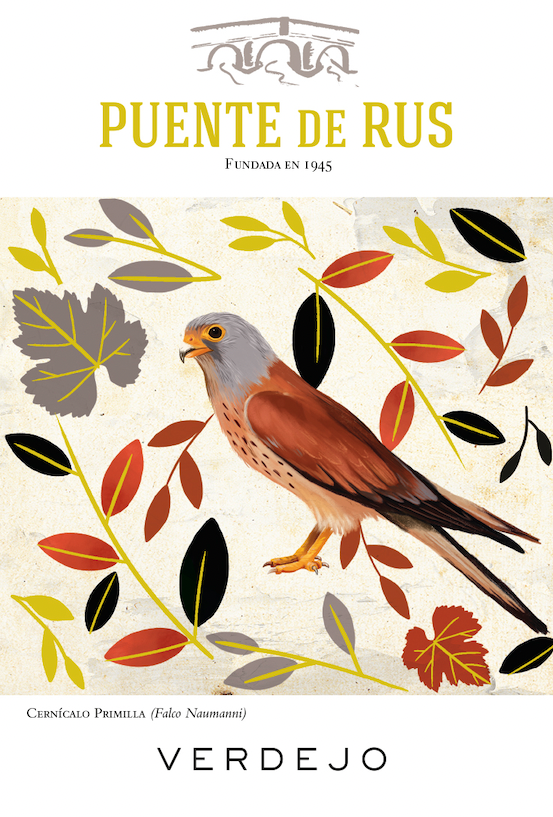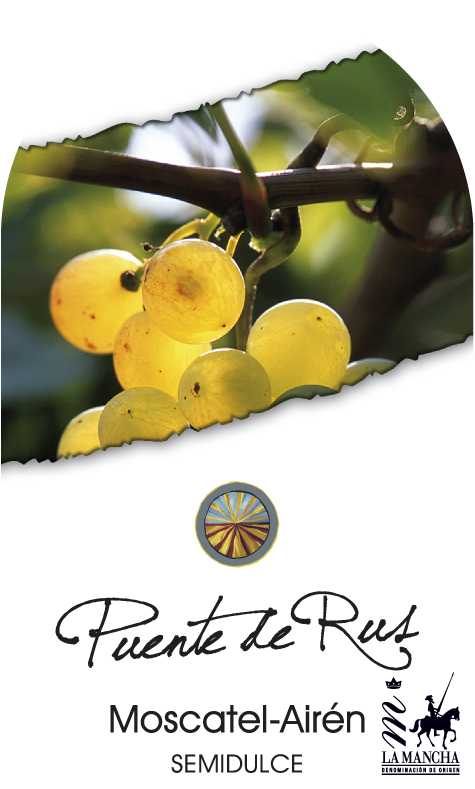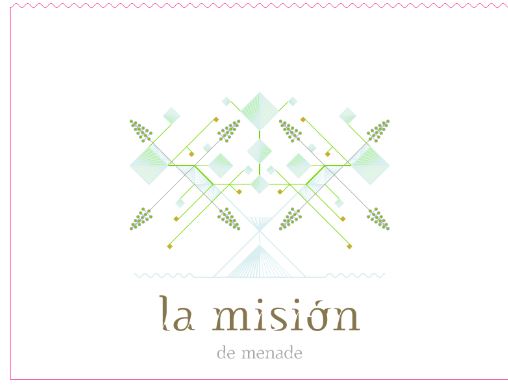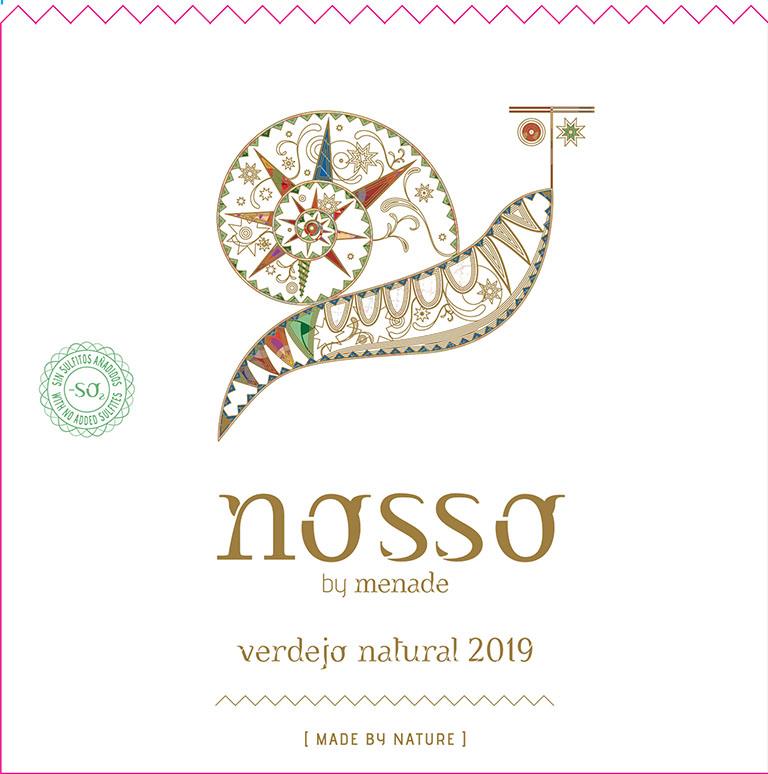Terroir of La Mancha
La Mancha's high central plateau, at 600–800 meters, has a continental climate. Summers are hot and dry, with temperatures reaching 35–40°C, while winters are short and chilly. Large temperature swings between day and night help keep the grapes' acidity intact. The region sees 300–400 mm of rain each year, mostly in spring and autumn, making water management key for vineyards.
The area's soils vary from sandy loams and clays to limestone and chalky marls, which promote strong vine roots and naturally limit yields. High altitude, flat lands, and plenty of sunshine ensure grapes ripen well. To keep grapes fresh, farmers use canopy management and careful irrigation. Persistent winds and little vegetation mean cover crops are used to fight erosion and stabilize the soil.
Notable Wineries in La Mancha
La Mancha, a region steeped in history and evolving winemaking, boasts several notable wineries that epitomize this transformation. Here are a few standouts:
-
Bodegas Volver: Known for its commitment to traditional methods, producing robust Tempranillo wines that reflect the essence of La Mancha's terroir.
-
Finca Antigua: Situated in the Cuenca province, this estate blends innovation with tradition, offering a diverse range of varietals, including Verdejo and Syrah.
-
Bodegas Campos Reales: A cooperative that showcases the potential of Airén and Macabeo grapes through its fresh, approachable whites.
These wineries illustrate La Mancha's shift towards quality, driven by a mix of historical reverence and modern winemaking techniques, ensuring the region's wines continue to captivate and evolve.
Sustainable Winemaking in La Mancha
La Mancha, with its sprawling vineyards across central Spain, is embracing sustainable practices to safeguard its winemaking future. The region's dry climate naturally reduces the need for chemicals, enabling a surge in organic farming and eco-certifications. Drip irrigation conserves water, essential in this semi-arid area where rainfall is scarce.
The regional council promotes soil health through cover cropping and biodiversity projects, while innovative canopy management techniques help protect grapes from the intense sun. Shade nets and reflective ground covers are being trialed to further combat heat stress.
In wineries, energy efficiency is a priority, with solar panels and water recycling systems becoming commonplace. Lightweight glass bottles reduce carbon footprints, aligning with the region’s commitment to environmental stewardship. These efforts ensure La Mancha's vineyards can continue to produce quality wines while respecting the land’s ecological balance.
Wine Tourism in La Mancha
La Mancha offers a rich wine tourism experience, blending history and viticulture. The Ruta del Vino de La Mancha showcases diverse wineries, with tours and tastings often held in traditional cellars. Visitors can explore the cultural heritage linked to Don Quixote, with stops at the iconic windmills of Consuegra and Campo de Criptana.
Harvest festivals in local towns feature music, regional dishes, and, of course, wine. Wine museums and rural guesthouses provide deeper insights into the region's winemaking tradition. Proximity to Madrid and Toledo adds cultural landmarks to the itinerary, including UNESCO sites and medieval castles. This makes La Mancha a relaxed, budget-friendly wine destination, offering vast landscapes and inviting wines.
